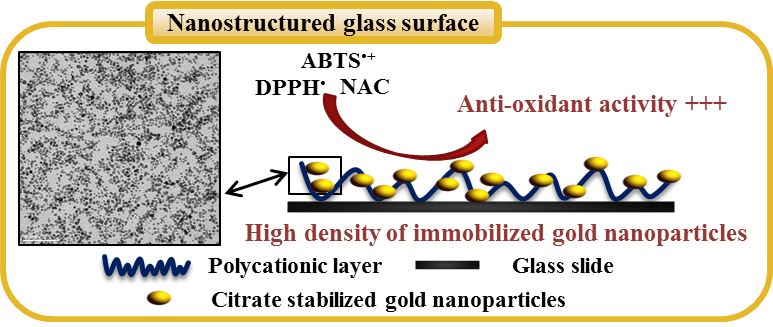
Le Professeur Zilin Chen est invité par l’EA 3452 et la Faculté de Pharmacie de Nancy durant le mois de mars 2019.
Il est présent au laboratoire pour des projets de collaborations recherche et pour établir des conventions entre nos deux Universités (Wuhan et Université de Lorraine). Le Professeur Chen est vice-Doyen de la School of Pharmaceutical Sciences et directeur de l'Institute for Pharmaceutical Analysis and Drug Screening de l’Université de Wuhan (Chine). M. Zilin Chen a obtenu son doctorat en chimie appliquée en 2000 à la Tokyo Metropolitan University (TMU), au Japon. Il a ensuite travaillé comme boursier postdoctoral de la Japan Society for the Promotion of Science (JSPS) à TMU puis boursier postdoctoral au NTT Microsystem Integration Labs, Japon. Il est ensuite devenu Professeur adjoint de recherche à l'Université de Notre Dame aux États-Unis. Il a rejoint l'Université de Wuhan en tant que professeur titulaire de la chaire Luojia en 2007. Il a publié plus de 120 articles dans des revues internationales. Ses sujets de recherche portent notamment sur la chromatographie sur microcolonne, l'électrophorèse capillaire et la spectrométrie de masse pour l'analyse biologique et pharmaceutique.


